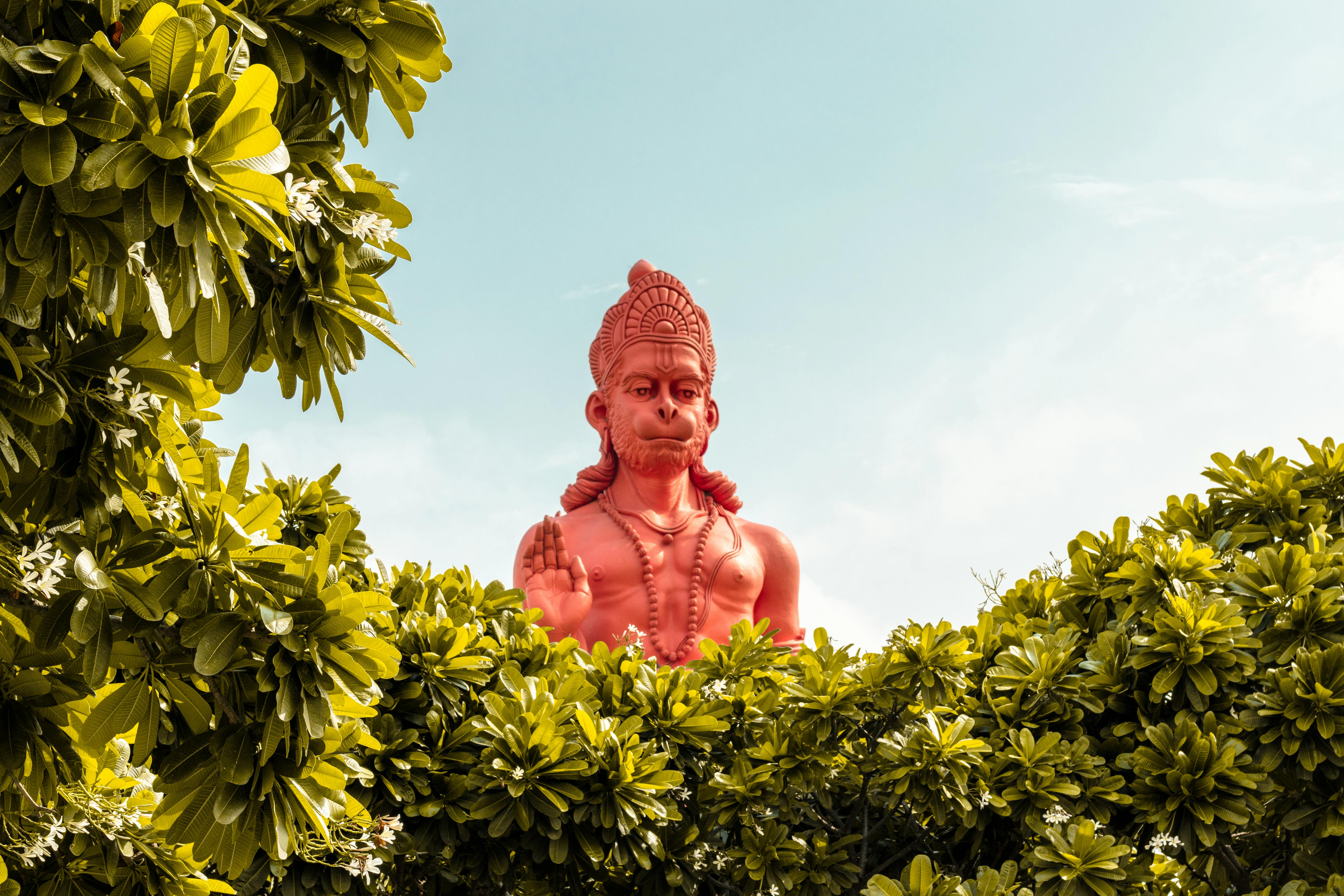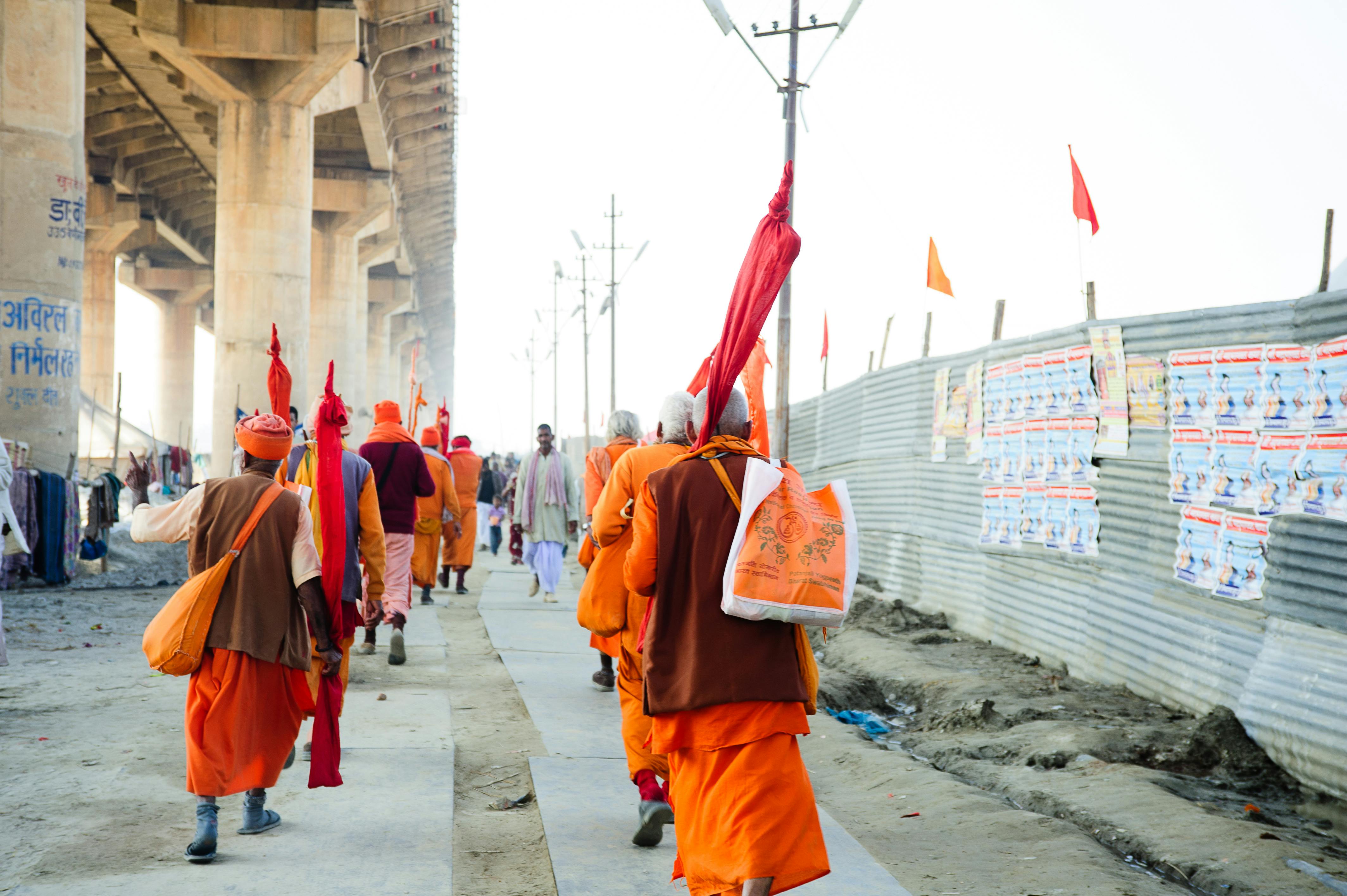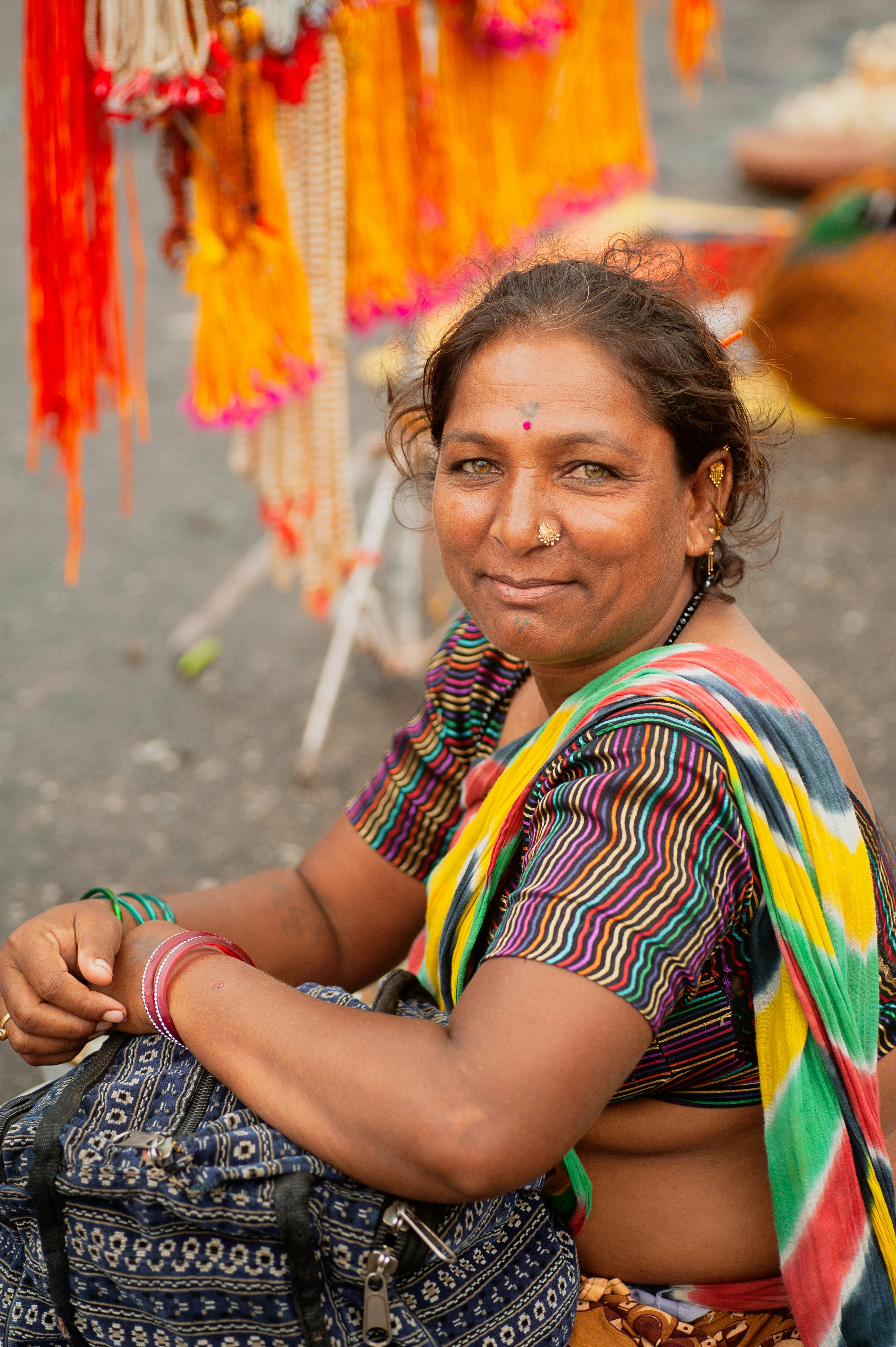Join us on a soul-stirring expedition across India’s revered sites as we explore the mesmerizing world of religious tourism. IndianCulture.com invites you to delve into the divine enchantment, where the intertwining realms of history, faith, and culture intertwine. Amongst these captivating destinations lies Shree Ram Janmabhoomi Ayodhya, a place endowed with mythological significance as the birthplace of Lord Rama. Step into this sacred sanctuary, where legends merge with reality, and let the spiritual aura guide you on an extraordinary journey of discovery.

Historical Significance of Ayodhya
Ayodhya, a city located in the northern state of Uttar Pradesh in India, holds immense historical and religious significance. Its origins can be traced back to ancient times, and it has been a center of religious devotion and pilgrimage for Hindus for centuries. The birthplace of Lord Rama, one of the most revered figures in Hindu mythology, Ayodhya is a place that captures the imagination and devotion of millions.
Ancient Origins of Ayodhya
Ayodhya has a rich and storied past that dates back thousands of years. According to Indian mythology, Ayodhya was founded by Manu, the first man and the progenitor of mankind. It is believed to be one of the oldest cities in the world and is mentioned in the ancient Hindu epics, the Ramayana and the Mahabharata.
Importance of Ayodhya in Hindu Mythology
Ayodhya is closely associated with the legend of Lord Rama, who is considered an incarnation of Lord Vishnu, the preserver of the universe in Hinduism. According to the Ramayana, Ayodhya was the capital of the illustrious King Dasharatha, Lord Rama’s father. The epic tale revolves around Lord Rama’s exile and his eventual return to Ayodhya after defeating the demon king Ravana.
The Significance of Lord Rama’s Birthplace
The birthplace of Lord Rama, known as Shree Ram Janmabhoomi, holds immense importance for Hindus worldwide. It is believed to be the spot where Lord Rama was born, and it has been a place of reverence and pilgrimage for devotees for centuries. The iconic Rama Janmabhoomi temple, which once stood at the site, is believed to have been demolished and replaced by a mosque.
Archaeological Evidence
Over the years, there have been numerous excavations conducted at the disputed site in Ayodhya, aiming to uncover evidence supporting the existence of an ancient temple. These excavations have yielded intriguing discoveries that point towards the existence of a temple structure underneath the Babri Masjid.
Excavations at the Disputed Site
In the 1970s, the Archaeological Survey of India (ASI) conducted excavations at the Babri Masjid site in Ayodhya. The goal was to uncover evidence of an ancient temple that was believed to have been demolished to make way for the mosque. The excavation revealed the presence of pillars and walls, suggesting the existence of an earlier Hindu temple.
Discoveries Supporting the Existence of an Ancient Temple
The excavations conducted by the ASI provided important evidence supporting the existence of an ancient temple at the disputed site in Ayodhya. The findings included carved stone pillars, architectural fragments, and sculptures, all of which pointed towards the presence of a temple structure.
Controversy and Legal Battles
The excavation findings and the disputes surrounding the Ayodhya site have sparked intense controversy and legal battles. The dispute dates back to the 19th century and has been a source of tension between the Hindu and Muslim communities in India. The legal battle over the ownership of the land has been fought in various courts for decades.
Religious Beliefs and Mythology
Ayodhya holds a unique place in Hindu religious beliefs and mythology. It is believed to be the birthplace of Lord Rama and is considered one of the seven holiest cities in Hinduism. The city’s association with Lord Rama and the epic Ramayana has made it a sacred pilgrimage site for millions of devotees.
The Legend of Lord Rama
The story of Lord Rama is central to Hindu mythology. He is regarded as the ideal king and a symbol of righteousness and goodness. The epic Ramayana narrates his life, his exile, and his heroic deeds, including the rescue of his wife, Sita, from the clutches of the demon king Ravana.
Ayodhya as a Sacred City
Ayodhya is considered a sacred city in Hinduism due to its association with Lord Rama. Devotees believe that a visit to Ayodhya can bring them closer to the divine and grant them blessings and spiritual upliftment. The city is dotted with temples and sites of religious significance, attracting pilgrims from all over the world.

Pilgrimage to Shree Ram Janmabhoomi
Pilgrimage to Shree Ram Janmabhoomi, the birthplace of Lord Rama in Ayodhya, is considered a cherished endeavor by Hindus. Devotees from all walks of life undertake this pilgrimage to seek the blessings of Lord Rama and offer their prayers. The pilgrimage holds immense spiritual and emotional significance for millions of devotees.
Ayodhya Dispute
The Ayodhya dispute is a long-standing conflict over the ownership and control of the land on which the Babri Masjid once stood. The dispute has its roots in the colonial era when a communal rift between Hindus and Muslims emerged regarding the possession of the site.
Historical Background of the Conflict
The conflict over the Ayodhya site dates back to the 19th century when Hindu and Muslim groups started claiming ownership of the land. The issue gained prominence during the 20th century as both communities became more vocal about their respective claims.
The Babri Masjid Controversy
The Ayodhya dispute gained international attention with the demolition of the Babri Masjid on December 6, 1992. The demolition of the mosque by Hindu activists led to widespread riots and violence between Hindus and Muslims, causing deep societal divisions.
Land Dispute and Legal Proceedings
The Ayodhya dispute has been battled out in various courts for several decades. Both Hindu and Muslim groups have filed petitions claiming ownership of the land. The legal proceedings have been protracted and complex, involving multiple appeals and hearings.
The Ayodhya Verdict
After years of legal battles, the Supreme Court of India delivered its verdict on November 9, 2019. The court ruled in favor of the construction of a Hindu temple at the disputed site, while also directing the government to allocate an alternate plot to the Sunni Waqf Board to build a mosque.
Timeline of the Legal Battle
The legal battle over the Ayodhya dispute spanned several decades. It witnessed numerous twists and turns in the form of petitions, appeals, and hearings in different courts. The timeline of the legal battle reflects the complexity and sensitivity of the issue.
Supreme Court Judgment and Its Implications
The Supreme Court judgment in the Ayodhya dispute had far-reaching implications for both Hindus and Muslims. The court’s decision to allow the construction of a Hindu temple at the disputed site was celebrated by Hindu groups, while it left some Muslim organizations disappointed.
Reactions and Aftermath
The Supreme Court verdict in the Ayodhya dispute evoked mixed reactions from different sections of society. While many welcomed the decision as a step towards resolving a long-standing dispute, others expressed concerns about the potential implications for communal harmony in the country.
Rebuilding the Temple
The Ram Janmabhoomi movement, which spanned several decades, played a crucial role in advocating for the construction of a temple at the birthplace of Lord Rama. After the Supreme Court’s verdict, the focus shifted towards planning and constructing the Ram Mandir.
The Ram Janmabhoomi Movement
The Ram Janmabhoomi movement was a mass mobilization campaign that aimed to reclaim the birthplace of Lord Rama in Ayodhya and build a grand temple in his honor. The movement galvanized Hindus across the country and became a symbol of Hindu pride and assertiveness.

Planning and Construction of the Ram Mandir
With the Supreme Court’s verdict in favor of a Hindu temple at the disputed site, meticulous planning and preparations were set in motion for the construction of the Ram Mandir. The temple construction was undertaken by the Shri Ram Janmabhoomi Teerth Kshetra Trust.
Symbolic Significance and National Importance
The construction of the Ram Mandir holds immense symbolic significance for Hindus and represents the fulfillment of a long-cherished dream. The temple is seen as a testament to the faith and devotion of millions of Hindus and has become a symbol of India’s rich cultural heritage.
Religious Tourism in Ayodhya
Ayodhya’s status as the birthplace of Lord Rama has made it a major pilgrimage site for Hindus. The city attracts millions of devotees each year, who come to seek blessings and offer their prayers at the various temples and religious sites.
Ramayana Circuit and Ayodhya’s Inclusion
Ayodhya is an integral part of the Ramayana Circuit, a government initiative to develop religious tourism in India. The circuit includes significant sites associated with the epic Ramayana and aims to provide a comprehensive spiritual experience for pilgrims.
Other Significant Temples and Attractions in Ayodhya
Apart from the Ram Janmabhoomi temple, Ayodhya is home to several other significant temples and attractions. The Hanuman Garhi temple, the Kanak Bhavan temple, and the Ram ki Paidi are some of the prominent places that attract devotees and tourists.
Celebrations and Festivals in Ayodhya
Ayodhya is known for its vibrant celebrations and festivals, especially during key Hindu festivals such as Diwali and Ram Navami. These festivals bring the city to life, with elaborate processions, religious rituals, and cultural performances.
Impact on Indian Society and Politics
The Ayodhya dispute has had a profound impact on Indian society and politics. The issue has been marred by religious tensions and communal unrest, leading to violence and polarization. It has also influenced the country’s political landscape and shaped the national identity.
Religious Tensions and Communal Harmony
The Ayodhya dispute has often been a flashpoint for religious tensions in India. The issue has led to communal violence and deep divisions between Hindus and Muslims. However, it has also highlighted the importance of promoting communal harmony and peaceful coexistence.
Political Ramifications and National Identity
The Ayodhya dispute has had significant political ramifications in India. Political parties have often used the issue to mobilize support and further their interests. The dispute has also raised questions about the country’s secular fabric and its ability to address religious conflicts.
The Role of Ayodhya in Shaping India’s Future
Ayodhya’s journey from a disputed site to a symbol of national harmony and cultural heritage holds lessons for India’s future. The resolution of the Ayodhya dispute and the construction of the Ram Mandir have paved the way for healing and reconciliation, emphasizing the importance of unity and inclusiveness.
Ayodhya Beyond Lord Rama
Beyond its association with Lord Rama, Ayodhya holds immense potential as a cultural and heritage destination. The city’s rich history, architectural marvels, and religious sites make it a treasure trove for tourists and history enthusiasts alike.
Promoting Ayodhya as a Cultural and Heritage Destination
Efforts are underway to promote Ayodhya as a cultural and heritage destination, highlighting its historical significance and architectural splendor. The city’s association with Lord Rama acts as a magnet for tourists, inviting them to explore its cultural treasures and experience its spiritual aura.
Tourism Initiatives and Development Projects
The government of Uttar Pradesh has taken several initiatives to boost tourism in Ayodhya. Development projects have been initiated to enhance infrastructure, preserve historical sites, and improve the overall visitor experience. These initiatives aim to position Ayodhya as a must-visit destination on India’s tourism map.
Preserving Ayodhya’s Rich Heritage
Preserving Ayodhya’s rich heritage is of paramount importance to ensure that future generations can appreciate and cherish the city’s historical significance. Efforts are being made to protect and restore ancient structures, artifacts, and landmarks, showcasing Ayodhya’s cultural legacy to the world.
Conclusion
The historical significance of Ayodhya is deeply intertwined with the religious beliefs and mythology surrounding Lord Rama. The city’s association with the epic Ramayana has made it a center of devotion and pilgrimage for millions of Hindus. The resolution of the Ayodhya dispute and the subsequent construction of the Ram Mandir reflect the enduring legacy of Ayodhya and its universal appeal as the birthplace of Lord Rama. As Ayodhya continues to evolve as a cultural and heritage destination, it is crucial to preserve its rich heritage and promote communal harmony in order to honor its sacred past and shape India’s future.
